You’ve spent time and money at the orthodontist’s office moving your teeth into perfect alignment. But over time, you may notice your teeth begin to move out of place.
Teeth shifting after braces is called orthodontic relapse. While this can be frustrating, it’s normal for your teeth to shift a small amount after finishing orthodontic treatment.
But certain factors can cause your teeth to move more. Some oral habits, an accident, or removing braces too early can make you more prone to teeth shifting after braces.
Don’t worry — you can still maintain a straight, beautiful smile after orthodontics. Here’s why teeth tend to shift after braces and what you can do to maintain a beautiful smile.
Why Do Teeth Move After Braces?
It’s common for your teeth to want to shift back into their original alignment after braces are removed. You may notice your teeth trying to move right after their braces are taken off, while others may see movement years later.
Your teeth are held into place by tiny fibers — you can think of them like rubber bands. When your teeth are moved with braces, the fibers stretch to fit the new position of your bite.
If teeth aren’t held in place with a retainer after your braces are removed, those fibers want to pull your teeth back to where they were before they were moved.
Your teeth go through a kind of adjustment period as they get used to the movements of your mouth. Talking, chewing, and holding tension in your jaw can all cause stress on your teeth. While the amount of pressure is small, over time this can lead to shifts in the alignment of your teeth.
If your braces were put on at a young age before your teeth and jawbone were fully developed, your teeth are more likely to move after your braces are taken off.
Sometimes it’s necessary to start orthodontics at a young age: your child might have a crooked tooth, bite alignment issues, or speech problems that need to be addressed sooner rather than later. And having braces put on early doesn’t guarantee your child’s teeth will move later in life.
During your next visit, talk to our Premier Orthodontics team about how to address your child’s alignment issues now while avoiding their teeth shifting in the future.
Teeth shifting after braces or Invisalign can also be caused by a number of other factors:
Gum Disease: Gum disease can weaken your gums, allowing your teeth to move more.
Teeth Grinding: If you grind your teeth at night or when you’re focused or stressed, this can cause your teeth to shift over time.
Sleep Apnea: Sleep apnea is a condition that restricts oxygen flow during sleep. If you have sleep apnea, you might need to wear a CPAP device that keeps your airway open. The pressure of the CPAP device can cause your teeth to move.
Tooth Removed or Missing: If you have a missing tooth or had a tooth removed, your other teeth will shift around the gap.
Traumatic Accident: If you’ve been in an accident that damaged or broke a tooth or your jaw, this can shift the alignment of your teeth.
How to Fix Shifted Teeth After Braces
The best way to prevent orthodontic relapse (your teeth moving after you get your braces off) is to wear your retainers after your braces are taken off.
Your retainers are made specifically for your new smile and reinforce the alignment of your teeth you just worked so hard to get. Your retainers might be removable or fixed — meaning you might be able to pull them out of your mouth or they might be cemented to your teeth.
If you have removable retainers, be sure to wear them on the schedule your orthodontist recommends, especially right after having your braces removed.
If you notice your retainer is broken or worn down, it might not be as effective at keeping your teeth in place. Bring it into Premier Orthodontics so we can repair or replace it for you.
If you notice your teeth have shifted and you haven’t worn your retainers in a while, try putting them in your mouth (after a good cleaning). If you notice some pressure or discomfort, make an appointment with Premier Orthodontics. We’ll examine your smile and your retainers to see how they fit.
If your teeth have moved, we may need to make you a new retainer. Retainers aren’t meant to move your teeth back into place, so it’s not a good idea to wear them if they no longer fit properly.
What to Do if Your Teeth Move After Braces
If your teeth have shifted after your braces or Invisalign treatment, contact us for a consultation. There are many options to help you maintain a straight, beautiful smile as you age.
Invisalign is a discreet option for aligning your teeth that have proven to be just as effective as metal and ceramic braces. At Premier Orthodontics, we have plenty of orthodontic treatments that can get you back to the smile you love.
Premier Orthodontics has offices across California from Chico to LA. And before you make the trip to one of our offices, you can have a convenient virtual consultation to discuss your options and get to know our caring team.
Contact us today for your Premier Orthodontics virtual consultation >

